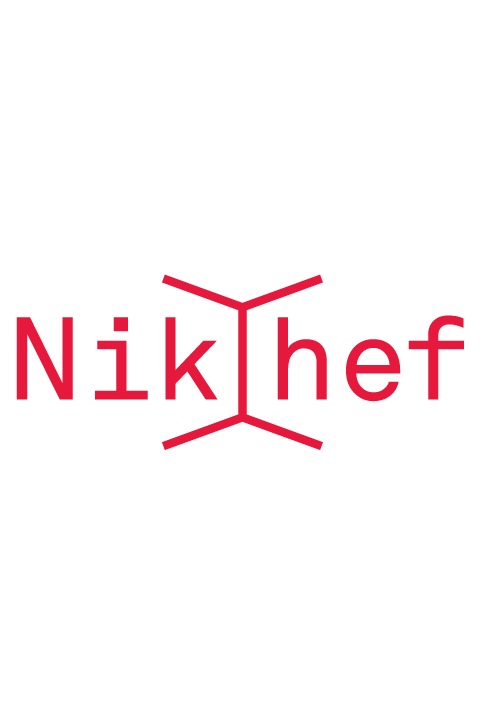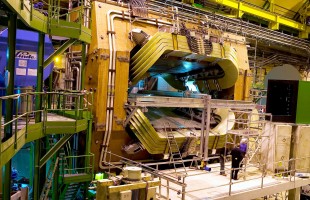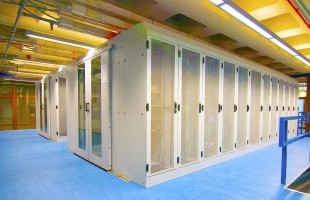The Netherlands eScience Center has honored two Nikhef software projects aimed at accelerating future discoveries in the particle world. Both projects focus on the use of graphics processors and self-learning computers.
This was announced on Wednesday. Under the ASDI program (accelerating scientific discovery), both projects will receive half a million euros. Half of that is an in-kind contribution, consisting of work by software specialists at the center. The rest is earmarked to hire new post-doc researchers. A total of eight projects in the ASDI 2020 have been honored by the eScience Center in Amsterdam.
The two Nikhef projects both concern the use of graphics processors and learning computers in particle research. Graphics processors have been developed in the gaming industry because they can relatively cheaply process large amounts of data simultaneously.
In recent years, interest in the new techniques has been growing from the scientific community, including in particle physics. The eScience Center recognizes this new trend with the two projects.
LHCb detector
The project of computer specialists Roel Aaij and Daniel Cámpora and physicist Jacco de Vries revolves around the use of graphics processors in the LHCb detector at CERN in Geneva. Currently, this particle detector is being rebuilt to be able to process many more collisions of protons in the Large Hadron Collider simultaneously in the future.
Nikhef has a major role in the LHCb project, which searches for deviations in the Standard Model of the particle world and recently found new clues for this.
In particular, the detection of electrons and neutral particles with LHCb can be further improved. This requires the development of new software within the HCb project that can handle the graphical calculation units. A post-doc researcher will be recruited for this purpose, says Aaij.
Strong nuclear force
The project of theoretical physicist Juan Rojo of the Vrije Universiteit and Nikhef is about the optimal use of graphics processors for research into the strong nuclear force, the force between quarks and gluons in nuclear particles. Rojo wants to use artificial intelligence to better visualize that force in experiments.
So far, though, learning computers have been used for specific analyses of the strong force in, say, nuclear particles or atomic nuclei. Rojo and his team are now going to develop software that connects to graphical computing and can be used more generally in accelerator experiments.
In time, VU researcher Rojo hopes to use the new techniques in a new accelerator project in the US, the Electron Ion Collider at Brookhaven in which he is involved. This EIC should come on line around 2030.


